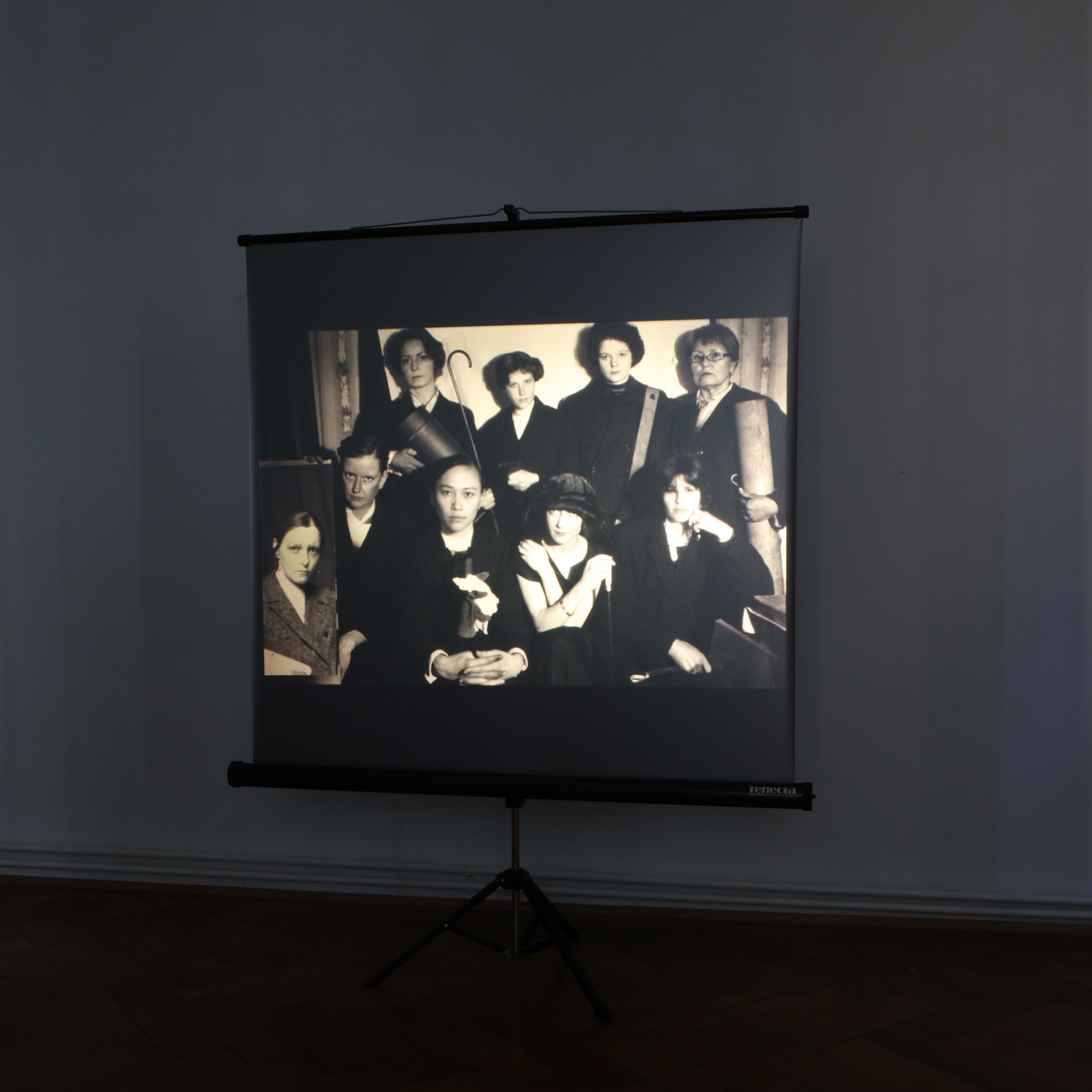AI and the Art of Historical Reinterpretation
filling Gender Bias Gaps
VALIE EXPORT Center
2022-24
A key focus of this project is the elimination of gender-specific biases in historical datasets used by AI. Since AI models heavily rely on historical data, the project examines the consequences of using AI to predict future societal changes. It raises questions about ethics and the possibilities of complementing, rewriting, and reinterpreting data archives using AI technology. The project proposes filling historical gaps with AI-generated "historical images."
AI technologies, especially image generation models, can be employed to rewrite history and enhance our understanding of the past while closing potential gaps. This deliberate distortion of large datasets could not only empower marginalized groups through awareness, visibility, and connectivity but also influence future decisions of AI models.
The project critically addresses prevailing distortions in historiography characterized by political interests, personal preferences, one-sided narratives, and the marginalization of people and events. FLINTA* individuals have been excluded from official history books in the past, with their contributions to society, art, and global history often overlooked.
The project creates a constantly growing fictional image archive of history, reinterpreting the past with inclusivity and diversity. This collections, which can be data mined, is spread across digital platforms to inform and train future AI models, either actively or passively.







